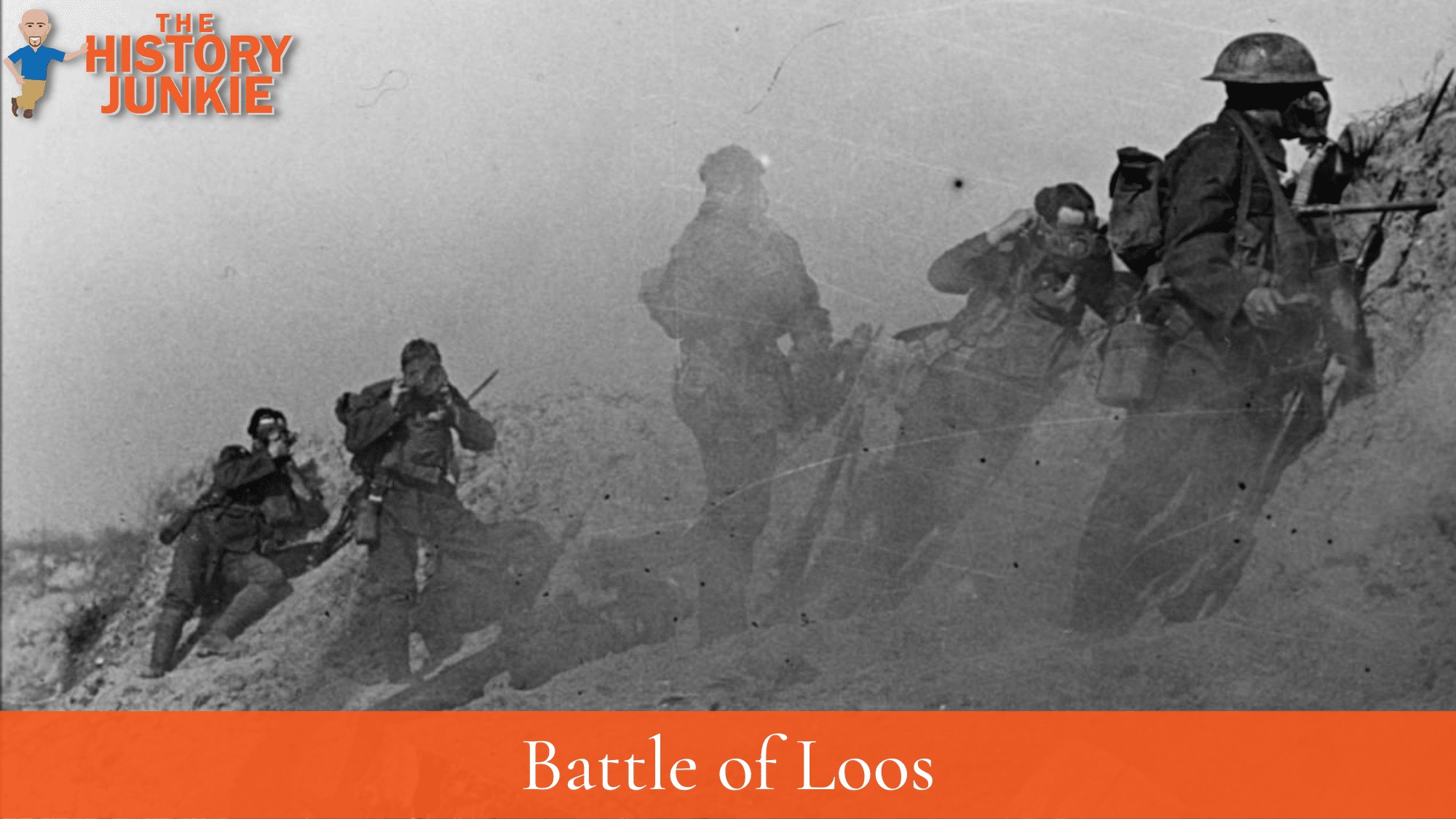The Battle of Loos was a major battle of World War 1, fought between the Allies (British, French, and Indian troops) and the Germans from September 25

The Battle of Loos was a major battle of the First World War, fought between the Allies (British, French, and Indian troops) and the Germans from September 25 - October 8, 1915. The battle was fought in the Artois region of France, near the village of Loos-en-Gohelle.
Prelude to the Battle
The Allies had been planning an offensive in the Artois region for some time. The area was relatively quiet, and the Allies believed that they could achieve a breakthrough there.
The British commander, Sir Douglas Haig, was particularly eager to launch an offensive, as he believed that it would help to relieve the pressure on the French, who were facing heavy fighting at Verdun.
The Allies had a number of advantages going into the battle. They had numerical superiority, with over 700,000 troops to the Germans' 500,000. They also had a significant advantage in artillery, with over 4,000 guns to the Germans' 2,500.
The Allies also had a new weapon at their disposal: poison gas. The British planned to use gas to attack the German lines on the first day of the battle.
The Battle
The Battle of Loos began on September 25 with a four-day artillery bombardment. The bombardment was followed by an attack by the British and French troops.
The British attack was initially successful, and the Allies captured the village of Loos. However, the Germans were able to counterattack, and the Allies were forced to withdraw.
The battle continued for another three weeks, with neither side able to gain a decisive advantage. The fighting was particularly bloody, and both sides suffered heavy casualties. By the time the battle ended on October 8, the Allies had advanced only a few miles.
The Aftermath
The Battle of Loos was a costly failure for the Allies. The British suffered over 50,000 casualties, while the French suffered over 100,000 casualties. The Germans also suffered heavy casualties, but they were able to hold their ground.
The Battle of Loos was a major turning point in the First World War. It showed that the war of attrition was not working and that the Allies would need to find a new way to break through the German lines.
The battle also led to the replacement of Sir John French as Commander-in-Chief of the British Expeditionary Force.
The Legacy of the Battle
The Battle of Loos was a costly and bloody battle, but it did have some positive outcomes. The battle helped to improve the Allied coordination of artillery and infantry, and it also led to the development of new tactics and weapons.
The battle also helped to boost Allied morale, and it showed that the Allies were still capable of fighting and winning.
The Battle of Loos was a significant event in the First World War. It was a costly failure for the Allies, but it did have some positive outcomes.
The battle helped to improve Allied coordination and tactics, and it also led to the development of new weapons. The battle also helped to boost Allied morale, and it showed that the Allies were still capable of fighting and winning.
Additional Details
Here are some additional details about the Battle of Loos:
- The battle was fought in the Artois region of France, near the village of Loos-en-Gohelle.
- The Allies were led by Sir Douglas Haig, while the Germans were led by Crown Prince Rupprecht.
- The battle began on September 25, 1915, and ended on October 8, 1915.
- The Allies suffered over 50,000 casualties, while the Germans suffered over 100,000 casualties.
- The Allies failed to achieve their objectives, but they did learn some valuable lessons that would help them to achieve victory in the war.
The Battle of Loos was a costly and bloody battle, but it was an important step on the road to victory for the Allies.
